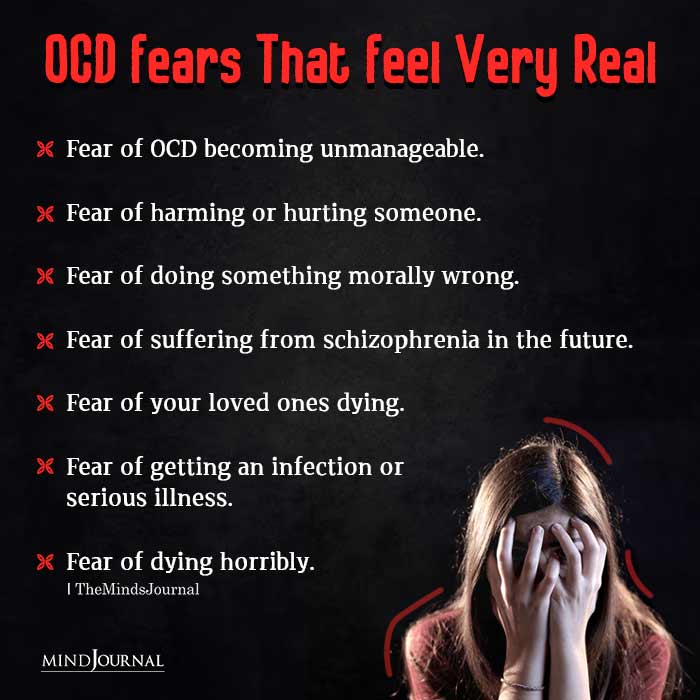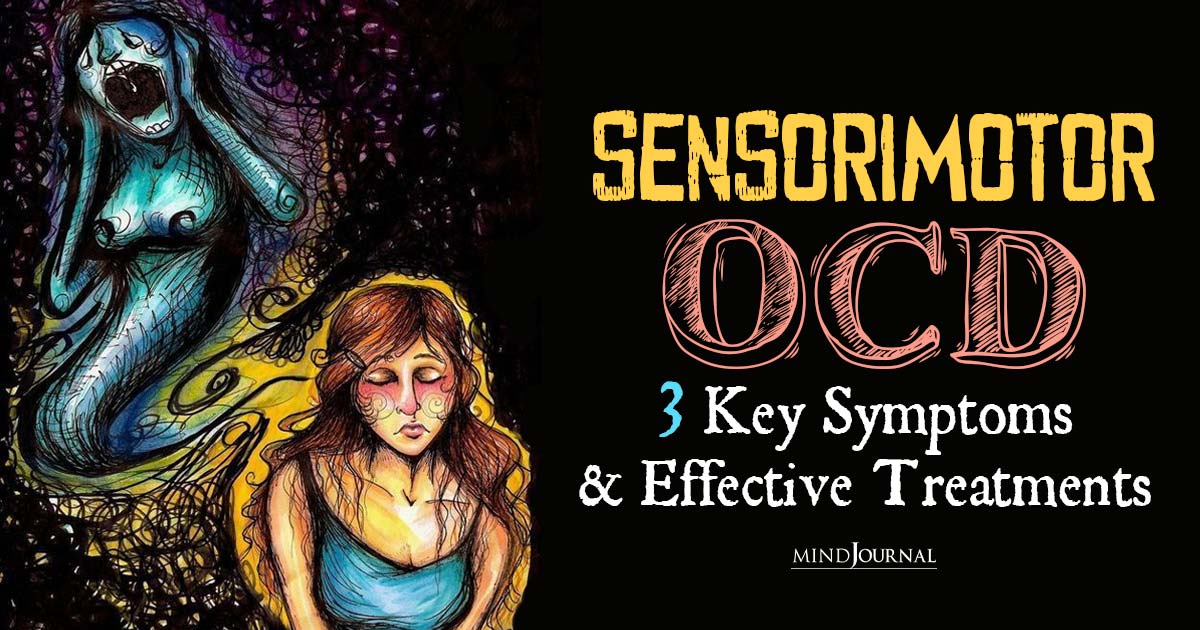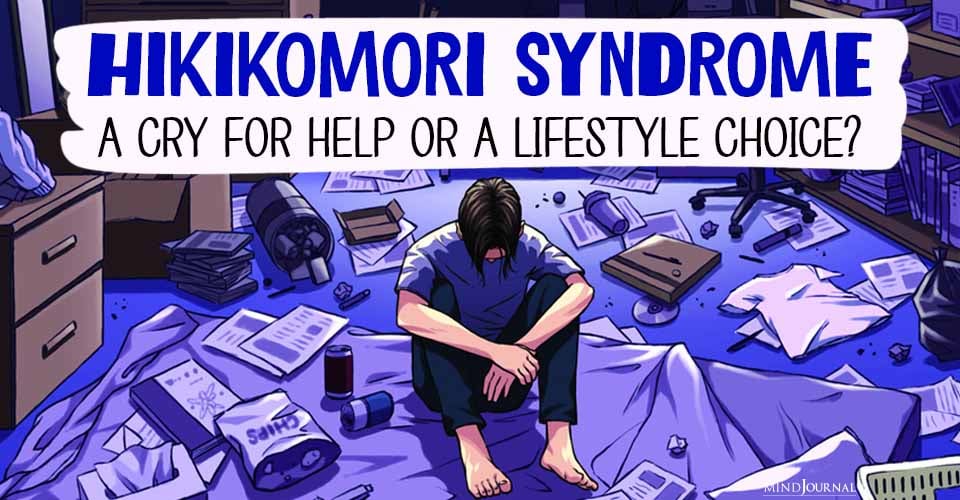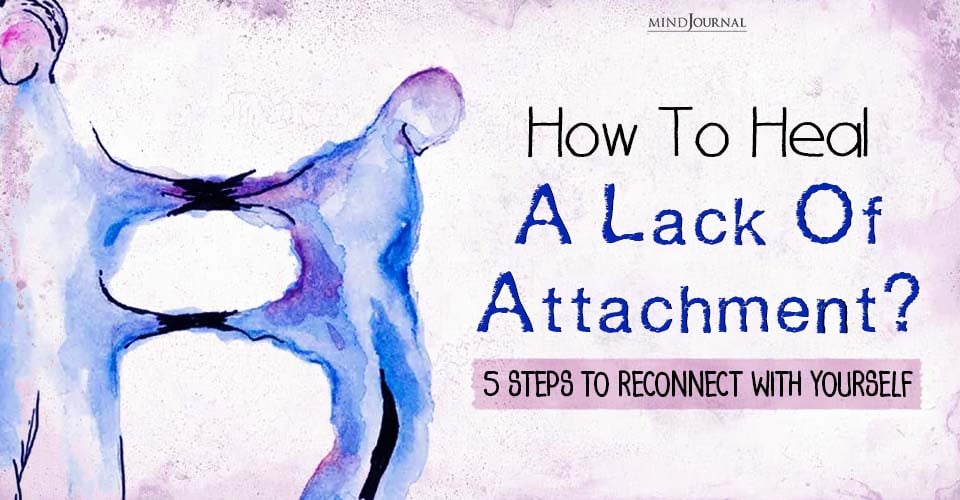Ever experienced repetitive, intrusive thoughts that get stuck in your mind? Engaged in repetitive physical actions or rituals to alleviate anxiety? While obsessive-compulsive disorder (OCD) is well-known, there is an obscure subtype of OCD called sensorimotor OCD, which manifests in unique ways. What is sensorimotor OCD? Let’s find out
What is Sensorimotor OCD?
Sensorimotor OCD is a specific subtype of OCD characterized by intrusive thoughts and compulsive behaviors that are primarily focused on bodily sensations and movement.
People with sensorimotor OCD often experience a heightened awareness of their bodily functions and engage in repetitive physical rituals or mental compulsions to alleviate their distress.

So what is sensorimotor OCD? Also known as sensory-motor OCD or somatic OCD, it is characterized by experiencing intense anxiety and distress related to their bodily functions, leading to a preoccupation with these sensations.
Unlike other forms of OCD that may focus on cleanliness, symmetry, or specific fears, sensorimotor OCD centers around bodily experiences such as –
- Breathing
- Swallowing
- Blinking
- Heartbeat
- Sensation of walking
Individuals with this subtype of OCD become hyperaware of these bodily sensations and may interpret them as abnormal or threatening. This hyperawareness intensifies anxiety and triggers intrusive thoughts, leading to the development of compulsive behaviors as an attempt to neutralize the distress.
Related: What is Obsessive Compulsive Disorder (OCD): Symptoms, Causes and Treatment
Sensorimotor OCD can significantly impact daily functioning and quality of life. The constant preoccupation with bodily sensations and the need to engage in rituals can consume a considerable amount of time and energy, interfering with work, relationships, and overall well-being.
It’s important to note that sensorimotor OCD is a recognized mental health condition, and individuals experiencing these symptoms should seek professional help for accurate diagnosis and appropriate treatment.
With the right support and interventions, individuals with sensorimotor OCD can learn to manage their symptoms effectively and regain control over their lives.
Sensorimotor OCD Symptoms
To better understand what is sensorimotor OCD, we need to know about the signs and symptoms. Here are some of the most widely observed sensorimotor OCD symptoms that you should know about –
1. Intrusive Thoughts
Individuals with sensorimotor OCD frequently experience intrusive thoughts related to bodily sensations, such as breathing, swallowing, blinking, or heartbeat. These thoughts may be distressing and difficult to control.
2. Hyperawareness of Bodily Functions
People with sensorimotor OCD often develop a heightened sensitivity to their bodily functions, becoming acutely aware of every breath, swallow, or heartbeat. This hyperawareness can intensify anxiety and fuel intrusive thoughts.
3. Compulsive Behaviors
Sensorimotor OCD is associated with compulsive behaviors aimed at neutralizing or reducing anxiety caused by intrusive thoughts.
These behaviors can include repetitive actions like checking one’s pulse, monitoring breathing patterns, or engaging in specific rituals to ensure bodily functions are “normal.”
Does Sensorimotor OCD Go Away on Its Own?
The duration and course of sensorimotor OCD can vary from person to person. While some individuals may experience a temporary or cyclical pattern of symptoms, others may find that their symptoms persist for a more extended period.
So does sensorimotor OCD go away? It’s essential to understand that sensorimotor OCD tends to be a chronic condition that may require professional intervention for effective management.

Sensorimotor OCD Breathing Techniques
Breathing techniques play a crucial role in managing the symptoms of sensorimotor OCD.
When individuals experience heightened anxiety or distress due to intrusive thoughts, focusing on deep and controlled breathing can help regulate their physical and mental state.
Here are some helpful sensorimotor OCD breathing methods-
1. Diaphragmatic Breathing
Also known as belly breathing, diaphragmatic breathing involves taking slow, deep breaths, allowing the diaphragm to fully expand. This technique promotes relaxation, reduces anxiety, and helps individuals regain a sense of control over their bodily sensations.
Related: What Is Relationship OCD? Symptoms, Causes And How To Cope With It
2. Box Breathing
Box breathing is a simple yet effective technique that involves –
- Inhaling deeply for a count of four
- Holding the breath for a count of four
- Exhaling for a count of four, and
- Holding the breath again for a count of four
This pattern can be repeated several times, promoting calmness and reducing anxiety.
3. Mindfulness Breathing
Mindfulness involves focusing one’s attention on the present moment without judgment. In the context of sensorimotor OCD, practicing mindfulness while focusing on breathing can help individuals redirect their attention away from intrusive thoughts and bodily sensations.
Sensorimotor OCD Treatment
Now that we know what is sensorimotor OCD, let us explore some of the most effective sensorimotor OCD treatment approaches for this condition –
1. Cognitive-Behavioral Therapy (CBT)
CBT is a widely recognized and effective treatment for sensorimotor OCD. It involves working with a therapist to identify and challenge negative thought patterns, develop coping strategies, and gradually expose oneself to anxiety-provoking situations to reduce the power of obsessions and compulsions.
2. Exposure and Response Prevention (ERP)
ERP is a specific form of CBT that focuses on gradually exposing individuals to situations that trigger their sensorimotor OCD symptoms.
By resisting the urge to perform compulsive behaviors, individuals can learn that their anxiety decreases over time, leading to a reduction in symptoms.
3. Medication
In some cases, medication such as selective serotonin reuptake inhibitors (SSRIs) may be prescribed to help manage symptoms of sensorimotor OCD. These medications can help regulate serotonin levels in the brain and reduce anxiety.

Takeaway
So what is sensorimotor OCD? Sensorimotor OCD is a unique subtype of OCD that revolves around intrusive thoughts and compulsive behaviors related to bodily sensations and movements. The symptoms can significantly impact an individual’s daily life and well-being.
However, with the right understanding and treatment approaches like cognitive-behavioral therapy, exposure and response prevention, and breathing techniques, individuals with sensorimotor OCD can learn to manage their symptoms effectively and improve their quality of life.
If you suspect you or someone you know may be experiencing sensorimotor OCD, it is advisable to seek professional help for an accurate diagnosis and appropriate treatment.
Remember, you are not alone, and there is help available to support you on your journey towards recovery.
Related: 9 Weird Things Your OCD Makes You Do
Disclaimer: This article is for informational purposes only and is not intended as a substitute for professional mental health advice, diagnosis, or treatment. While we strive for accuracy, we do not guarantee the completeness or reliability of the information provided. Readers should always seek guidance from a qualified mental health professional for any concerns regarding their mental well-being.
Frequently Asked Questions (FAQs):
How do you overcome sensorimotor OCD?
Overcoming sensorimotor OCD involves therapy, particularly Exposure and Response Prevention (ERP), and medication, along with support from mental health professionals.
Does sensorimotor OCD go away?
Sensorimotor OCD can improve or go into remission with proper treatment, therapy, and support, although long-term management may be necessary.
What is an example of a sensorimotor OCD?
An example of sensorimotor OCD is excessive focus on swallowing, causing discomfort and anxiety related to the act of swallowing.










Leave a Reply